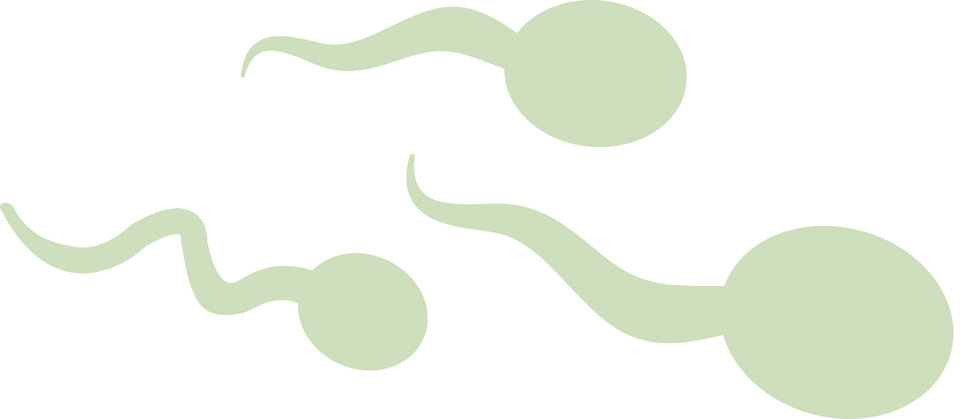Let’s Talk testosterone
Testosterone
is a hormone produced by men and women, but is most often referred to as the
‘male sex hormone’
Some men can have low levels of testosterone. In fact, as men get older, testosterone levels naturally decline about

1-3%
per year
after the age of 40
During puberty, testosterone helps boys develop male physical features like body and facial hair, deeper voices and muscle strength - Testosterone is also needed for men to

make sperm
Hypogonadism
or low-T is defined as low levels of testosterone in the setting of a cluster of symptoms
Common symptoms of low-T are problems having erections, low sex drive, low energy and increased body fat
These symptoms are not just due to low-T. Other health issues can cause these, which is why it is important to discuss them with your health care provider.
Being told you have low-T should come from your health care provider

Diagnosis of low-T begins with a
medical history,
physical examination
and
blood work
Testosterone replacement therapy (TRT) is a treatment for low-T
Men who still want children should not take TRT because it will shut down sperm production.
TRT comes in skin gels, shots, patches and pellets placed in the body. Skin gels are the most common form of TRT
Potential side effects of TRT are increased red blood cell counts, acne, smaller testicles and infertility, so talk to your doctor about the pros and cons
If you don’t have both symptoms and low levels of testosterone, or had a work up for the issues, you may not be appropriate for testosterone treatment
Remember...
- Don’t take testosterone for non-medical reasons like bodybuilding
- Don’t take TRT if you’re trying to father a child - it can cause infertility
- Get routine check-ups and blood tests once TRT has started
- Lifestyle factors like diet, exercise, and weight affect testosterone
- There is no proof that supplements help
For more information, visit UrologyHealth.org/LowT
UrologyHealth.org | FALL 2016 | UROLOGYHEALTH extra